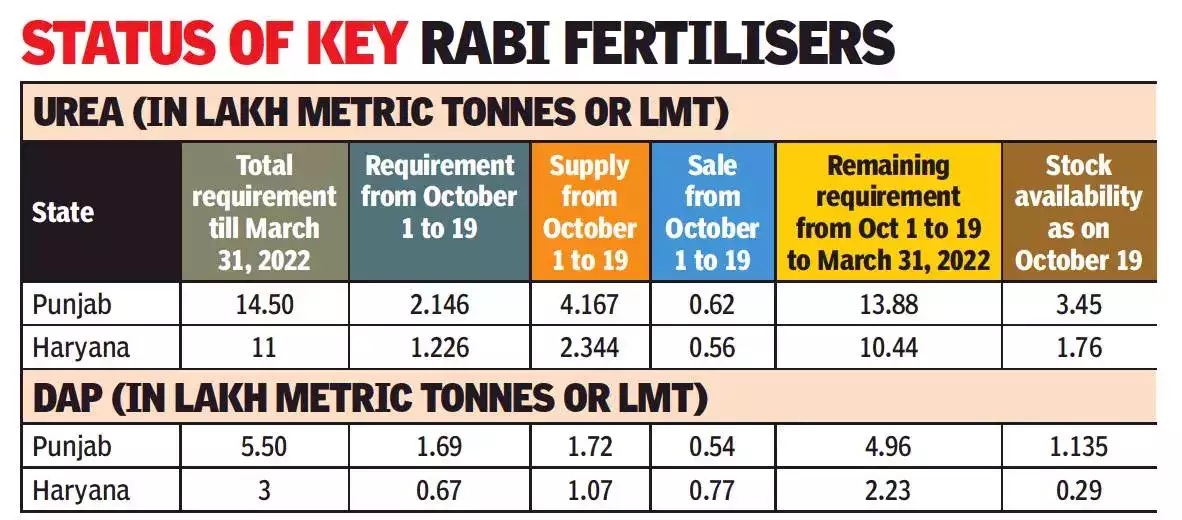7667766266
enquiry@shankarias.in
What is the issue?
India is staring at a severe shortage of diammonium phosphate (DAP) — a key fertiliser in the current rabi season, forcing the Centre to cut the allocation for many states.
India is the top country by diammonium phosphate import in the world

References